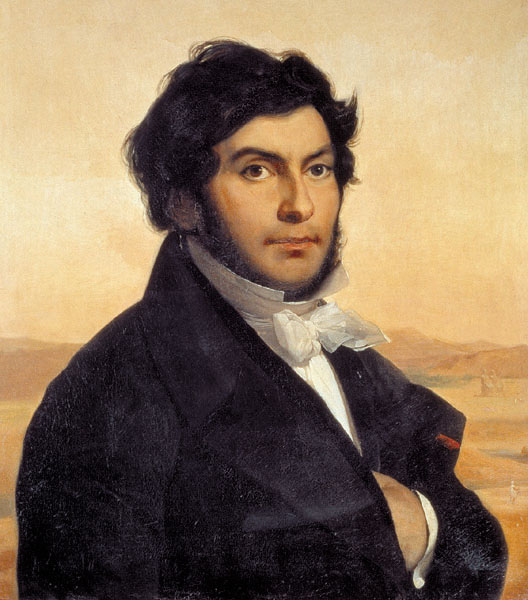Past Perfect: Reading the Rosetta Stone
Jean-François Champollion deciphers Egyptian hieroglyphics

Jean-François Champollion (1790–1832), the son of a book peddler in southern France, had the misfortune to be born during the French Revolution. Tutored in Latin and Greek by a local priest, he early on showed a genius for languages, prompting his family to send him to school in Grenoble. By the age of 14, after viewing a copy of the Rosetta Stone (which had been discovered in 1799 in the village of el-Rashid [Rosetta] in the western Nile Delta), he had already found his life’s work. Champollion continued his education in Paris, mastering Hebrew, Arabic, Syriac, Chaldaean, Chinese, Sanskrit and Coptic—languages he hoped would help him decipher the Rosetta Stone’s mysterious writing. In 1809, the precocious Champollion was named assistant professor at the University of Grenoble—with doctoral papers signed by Napoleon himself—and he immediately set to work on the Rosetta Stone, a second-century B.C. stela inscribed in Greek, demotic (a derivative of Egyptian hieratic script) and Egyptian hieroglyphics. Thirteen years later Champollion cracked the code. The following letter to Baron Joseph Dacier, secretary of the Académie des Inscriptions et Belles-Lettres in Paris, was written just a few days after he made the final breakthrough. Champollion spent his last years as curator of the Egyptian section of the Louvre, where he compiled a dictionary and grammar of ancient Egyptian. In 1832, still a young man of 42, he succumbed to a stroke. His grave in Père-Lachaise cemetery in Paris is fittingly topped by an obelisk.
Already a library member? Log in here.
Institution user? Log in with your IP address.

